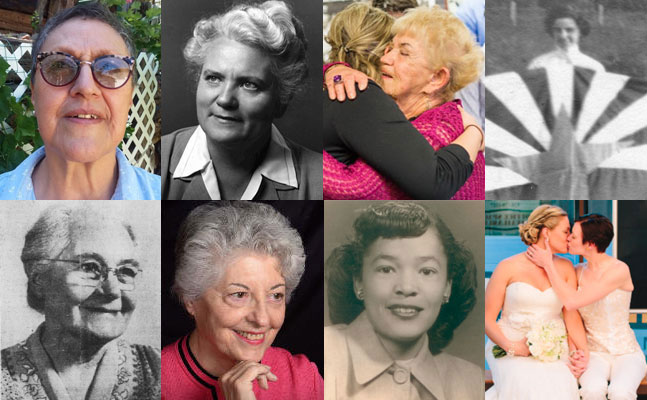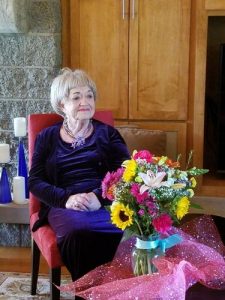Extraordinary women have always walked NAU’s halls.
Women were there, already breaking glass ceilings, in 1899, when the university was founded as the Northern Arizona Normal School. Their ranks increased in the early part of the 20th century, when it became the Arizona State Teachers College and its student population bloomed from dozens to hundreds. And their power and influence grew as, in the mid-1900s and beyond, they assumed leadership roles, founded groundbreaking departments and institutes on campus and brought positive change to surrounding communities.
It’s impossible to share every extraordinary woman’s Lumberjack story, so with help from archivists at the Cline Library and their recent Resilience exhibit, we handpicked just a few. Enjoy this brief journey through herstory at NAU.
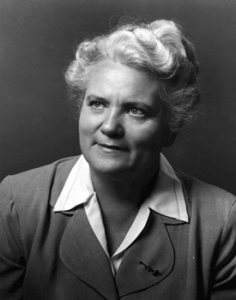
Agnes Allen
Perhaps NAU’s first woman in STEM, Agnes Allen broke barriers in many ways. She came to the Flagstaff campus in 1934 after earning her master’s degree in teaching, an accomplishment few women had attained at the time. Thirteen years later, Allen had earned a Ph.D. and a position as head of the college’s science department. She later founded the Department of Geography and Public Planning, became dean of women on campus and served as the first dean of the College of Arts and Sciences when NAU became a university. A firm believer in hands-on education, Allen often took her students to the Grand Canyon and Sunset Crater to teach them about the geology of the Southwest. A coed dorm named after Allen still houses hundreds of Lumberjacks.

Annie Watkins
In 1953, Annie Watkins, the granddaughter of freed slaves, was a newly minted NAU graduate with a teaching degree—but local schools, having already fulfilled their informal quota of African American teachers, turned her away. Undeterred, she channeled her passion for educating others into a job registering her Southside neighbors to vote. Many in Voting District 6 were poor, illiterate or unfamiliar with voting, but with Watkins’ help, they successfully made their voices heard. Watkins became so influential in local politics that lawmakers across the state, including one future governor, sought her counsel.

Margaret Hanley
Hanley first came to Flagstaff from Pueblo, Colorado, in 1912 to work as a cook in the college dining hall. Students loved Hanley so fiercely they called her “Mother,” and she quickly rose through the ranks to become superintendent of dining. To celebrate Hanley’s 25-year service anniversary, students and colleagues created a green, shamrock-filled “Hanley Day” parade for Homecoming in a nod to her Irish heritage. By the time Hanley retired in 1953, having served multiple generations of students, she’d already had a campus dormitory named in her honor. Stones from the former dorm were integrated into the exterior of the Science Lab Facility in 2007, and students can still read about Hanley and her namesake building in the lobby.
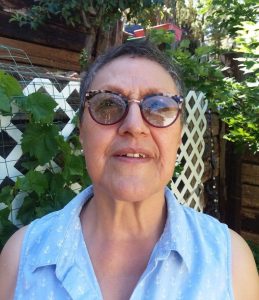
Delia Ceballos Muñoz
As a library specialist at NAU beginning in the late 1980s, Delia Muñoz dedicated 30 years to gathering and preserving the voices of Flagstaff’s Hispanic, African American and Chinese American citizens—people early historians had overlooked. As part of a library oral history project called Los Recuerdos del Barrio en Flagstaff, Muñoz spent time building relationships and trust with Flagstaff’s Hispanic and Latine communities in order to expose stories of the discrimination, segregation and success they experienced here. In the midst of her research, the librarian discovered her own long-buried family history: Her grandfathers were among Flagstaff’s earliest settlers, having arrived in the early 1900s to work at the Arizona Lumber and Timber Company mill.
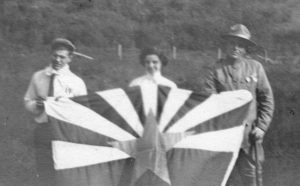
May Hicks Curtis Hill
In 1910, an Arizona National Guard colonel brought his rifle team to a national competition, only to discover they were the only competitors without a state emblem. His quick sketch of an idea made its way to May Hicks, a 1905 graduate of the Northern Arizona Normal School and the fiancée of one of the riflemen. She gamely sewed the colonel’s design, which depicts a copper star rising from a blue field in front of the setting sun. Her vivid creation would become the prototype for the official state flag that still flies in Arizona today. Though Copper State residents now love their flag, Hicks’ bright colors and simple symbols provoked no shortage of debate in the early 20th century: The Arizona Gazette claimed it was so garish it was “guaranteed to stop a limited train” and could be seen “from Atlantic City to Puget Sound.”
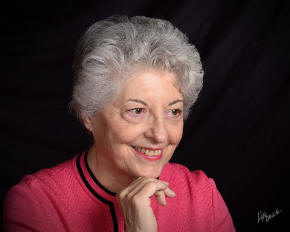
Clara Lovett
Clara Lovett made her mark as an outstanding scholar long before coming to NAU. Born in Trieste, Italy, she attended college at Cambridge University and went on to become a leading figure in the field of modern European history. She taught and researched at universities in New York and Washington D.C., headed the European division of the Library of Congress and lectured at the Department of State’s Foreign Service Institute. Lovett became the first female president of NAU in 1993, where over eight years she expanded access to NAU for rural students, Indigenous students and working adults, in part by helping to launch the university’s first major capital campaign.
Doris Martin was 12 years old when the Nazis invaded her hometown of Będzin, Poland. After enduring years of restriction under German occupation, Martin was deported to Auschwitz and then sent to a slave labor camp in Ludwigsdorf, where she manufactured explosives for the German war effort while subsisting on one bowl of watery soup and one piece of stale bread a day. In the aftermath of World War II, she and her husband Ralph immigrated to the United States and eventually established a motel in Flagstaff in 1971. At the time, there were only a few Jewish families in town, and so Doris remained silent about her story of survival—until, one day, an NAU student encouraged her to speak at Cline Library, kicking off a lifetime of public speaking engagements. In 2000, Martin and her husband founded NAU’s Martin-Springer Institute to continue raising awareness about the Holocaust while promoting the values of moral courage, empathy, tolerance, reconciliation and justice.

Natalie Metz
When wide-eyed NAU freshman Natalie Metz first set foot in Flagstaff in 2003, she had no idea she’d meet the love of her life there five years later—nor that their relationship would change the course of Arizona history. In 2012, she married Meagan Metz in Washington, one of the first states to legalize same-sex unions. But their marriage wasn’t recognized in Arizona, presenting challenges for the couple when Meagan was diagnosed with Ehlers-Danos Syndrome and became seriously ill. With assistance from an attorney, the pair joined the Connolly v. Roche same-sex marriage case. It traveled all the way to a federal court, where, in 2014, a judge ruled same-sex marriage legal in Arizona.
Jill Kimball | NAU Communications
(928) 523-2282 | jill.kimball@nau.edu
